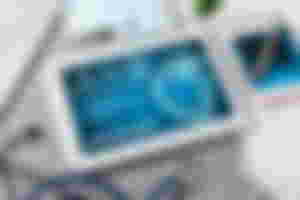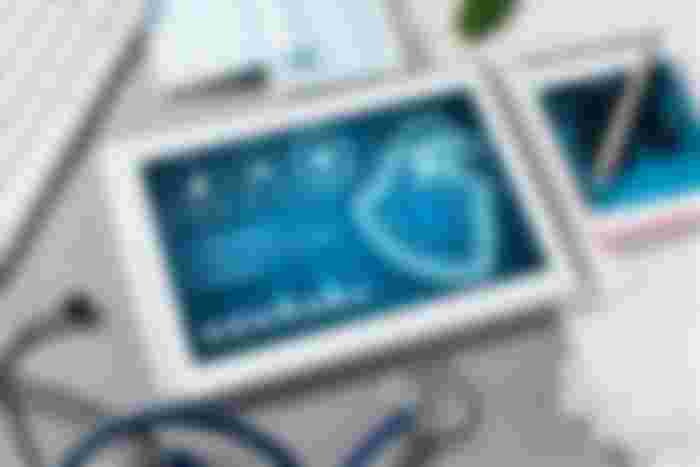Technology in healthcare: how software improves medical practice?
Technology in healthcare: how software improves medical practice?
Big data, artificial intelligence, cloud computing, as well as smartphones, the "internet of things," and wearable gadgets, have all evolved in the previous two decades. Things that were once unthinkable are now transforming the workflow in practically every business, including the medical area. Emerging medical software solutions in the healthcare business are delivering previously inconceivable results. They assist healthcare professionals in gathering data in order to make data-driven choices, as well as in interpreting massive quantities of data.
Medical software helps healthcare practitioners to make more accurate and timely judgments. They also allow for the generation of fresh data and the enrichment of decision-making processes, which is very crucial to consider when it comes to medical diagnostics software. There are currently about 400 million individuals worldwide suffering from uncommon illnesses, with half of them thought to be children. Many of these are performed by healthcare professionals using the Face2Gene app. During the COVID-19 pandemic, the enhanced utility of Face2Gene's technology was proved.
In the profession of radiology, where analyzing many imaging images can be difficult to prevent making mistakes while maximizing accuracy. Some medical software is designed to do just that: analyze medical photos from patients with greater speed and accuracy. For radiologists, Zebra Medical Vision developed an AI1 "all-in-one" solution. Their Imaging Analytics Engine collects imaging scans and automatically analyzes them for numerous clinical findings that have been researched. Its technology is based on a “database of millions of imaging scans, as well as machine and deep learning tools,” which enabled them to develop software that analyzes data in real-time with human-level accuracy, assisting radiologists in managing ever-increasing workloads without sacrificing quality.
Many start-ups have developed with the purpose of using AI technology to provide more accurate diagnoses. Aidoc, an Israeli start-up that uses AI to analyze medical scans of the head, spine, abdomen, and chest, is one of them. According to the business, its tools “assist radiologists in detecting and pinpointing significant abnormalities using deep learning and AI algorithms that scan medical pictures and patient data.” One of their most valuable tools is a prioritization tool that indicates crucial discoveries on noncontrast CT head images, such as cerebral haemorrhage. As a result, radiologists can change their work schedule as needed. Imaging is critical in the diagnosis and documentation of disorders such as cancer. According to a research published by NVIDIA, deep learning reduces the mistake rate for breast cancer diagnosis by 85 percent. This was one of the motivations behind the creation of the AI imaging medical platform Behold.ai in 2016 by Jeet Samarth Raut, Peter Wakahiu Njenga, and Simon Rasalingham. They developed a red dot method based on deep learning models. That is, it can categorize a chest X-ray and use heatmaps to localize its results. According to the company's website, its algorithm was created "using over 30 thousand sample photos, all of which were examined and reported by highly experienced consultant radiology physicians." Therefore, its technology detects problems with greater than 90% accuracy in seconds.

